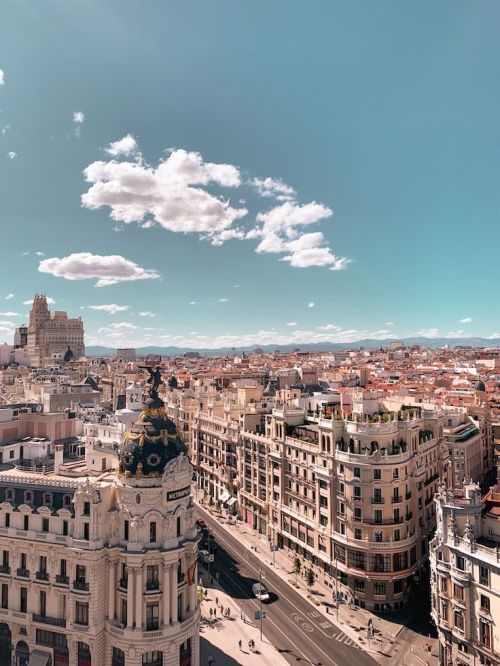Churros are known to all lovers of Spanish and Latin American cuisine, but few may realize that their genesis, in all likelihood, took place in the Far East.
They are one of the most famous desserts of the Iberian Peninsula, where they are often served accompanied by chocolate, although there are more possibilities of serving this delicacy. Churros accompany social events and are part of daily rituals. Without a doubt, it is a must-try item for all foodies, even though it is a heavily caloric dessert.
It is widely believed that churros originated in Spain and are regarded as a Spanish dessert.
However, some believe that churros evolved from another dish - Chinese youtiao, which looks confusingly similar to their Spanish counterpart but is served in dry form. According to this version, the Asian delicacy encountered by Portuguese traders was modified by coating it in sugar and such dessert form, spread across Western Europe in the 16th century.
Supporting this theory is that youtiao was created much earlier, as early as the 12th century.
According to the theory that the dessert was made in Spain, shepherds grazing sheep belonging to the Iberian type of domestic sheep - Churra - are responsible for its creation.
Spending a lot of time in the mountains, they developed a fried dough dish resembling the appearance of a ram’s horns and decided to give it the name churro.
In their original form, churros were intended to provide sheepherders with a filling meal that was easy to prepare in mountainous conditions and replace traditionally baked bread. As such, their shape differed significantly from the form we know today. The first churros were definitely thicker and longer, created in the shape of a loaf.
Native doughnuts, as well as the aforementioned Chinese youtiao, are made from deep-fried yeast dough.
Churros are prepared by squeezing the previously prepared steamed dough directly into the fat.
The steamed dough that makes churros is a mixture of butter, flour, and water. It’s an easy-to-make recipe that involves boiling water and butter and mixing the flour with them until it’s uniform.
The same method is used to create the dough for puffs or Karpatka—a traditional Polish cream pie with custard filling.
Churros probably made their way to Latin America with the conquistadors in the 16th century. In turn, America introduced Western cultures to cocoa, which opened up new culinary possibilities.
This is very possibly the reason why traditionally served churros are accompanied by a chocolate dip.
Served immediately after frying, they retain their crunchy exterior and soft center. Dipped in a chocolate dip with cinnamon or served with sugar and fruit, they make a delicious dessert.
Depending on the region of the continent, you may come across different suggestions for serving stuffed churros. In Uruguay, a form filled with cheese is popular, while in Cuba it is filled with guava.
Other serving suggestions include the addition of chocolate, dulce de leche, or a sauce based on milk and egg yolks (also known as custard or English sauce).
The traditionally known form is medium-thick sticks with gouges on the sides, but this is not the only option for serving this dessert. On your culinary journey, you may encounter churros of various lengths and forms, such as circles.
In Andalusia, a form of fried doughnut that even has its name - porras - is quite popular. Although very similar to churros, it differs from the original in the composition of the dough, to which it is customary to add salt and a little baking powder.
Disneyland’s theme parks offer special 12-inch churros coated with cinnamon sugar, the popularity of which translates into sales of nearly 3 million per year.
Las Fallas de Valencia is an annual festival held in March, which is historically associated with the symbolic farewell to winter, as well as the remembrance of the patron saint of artisans St. Joseph.
For 19 days in March, the streets of Valencia are decorated with sculptures created by artisans, referring to local events. On the last day of the festival, after dark, the sculptures are burned.
A public event of this magnitude is also associated with serving a variety of delicacies, and a permanent feature of the streetscape are stands offering churros.
They can form the basis of a sweet breakfast, but an equally popular time to indulge in this treat is for afternoon tea.
No matter what time of day Spaniards choose to eat churros, it is mandatory that the snack be accompanied by chocolate.
It should be remembered that this dessert is based on butter and is additionally deep-fried.
Frequent “co-ingestion” with chocolate dip guarantees additional calories, but even without additives, one churro contains more than 100 kcal.




